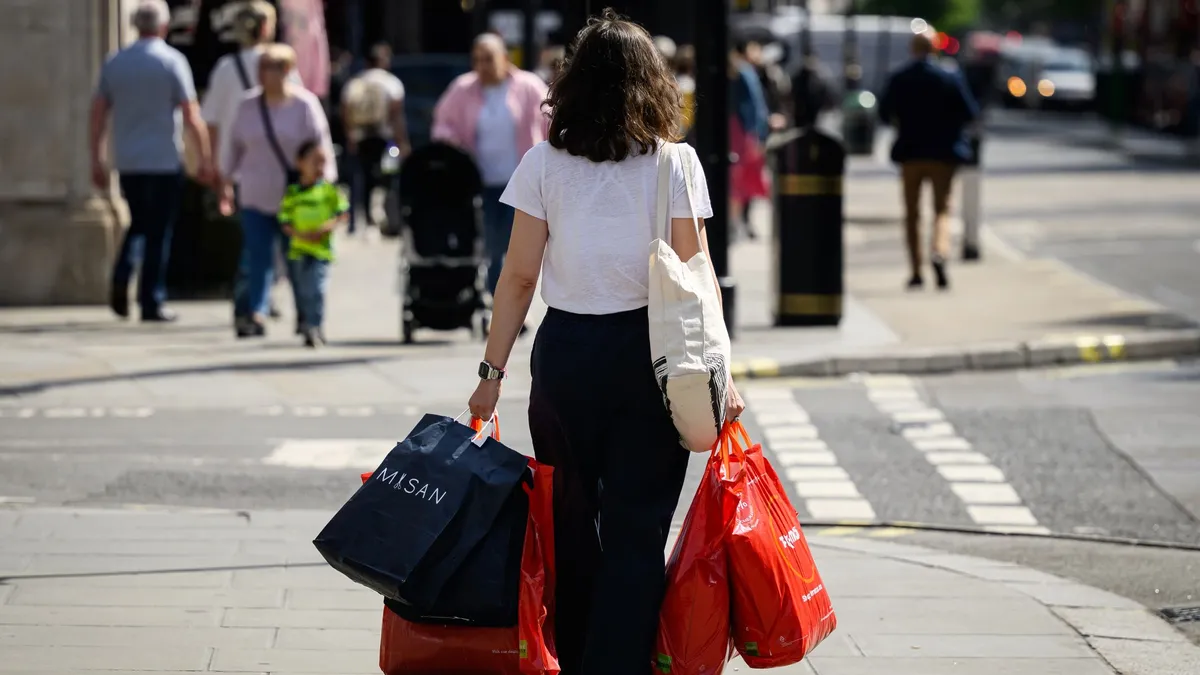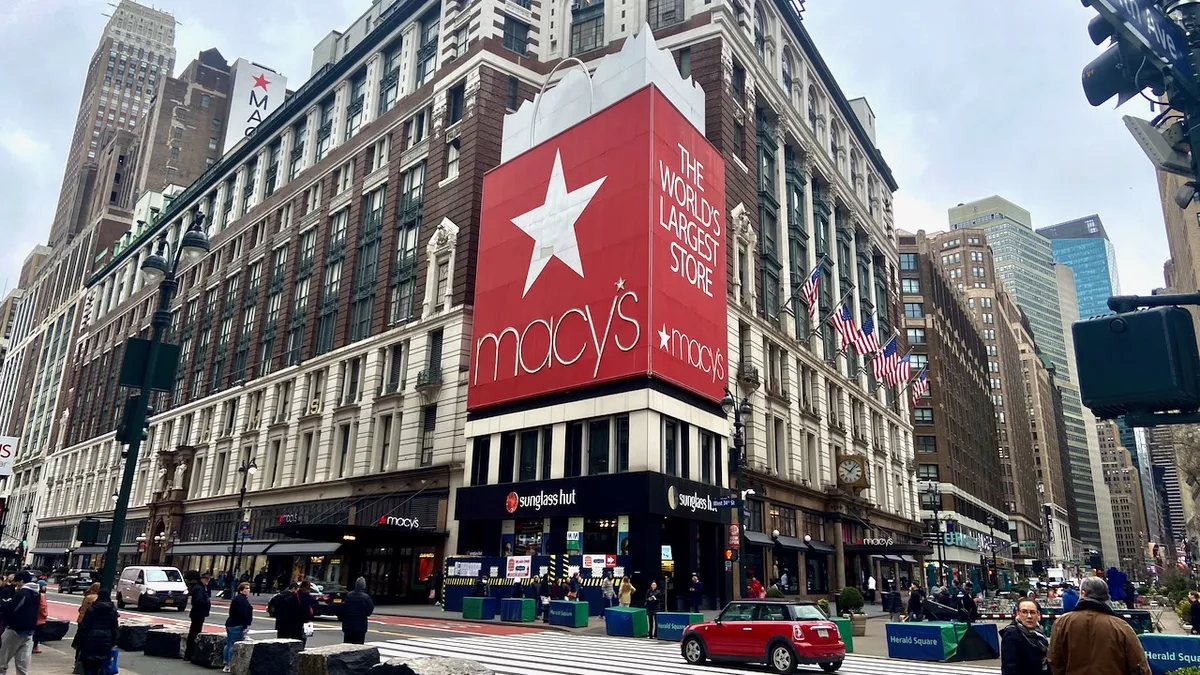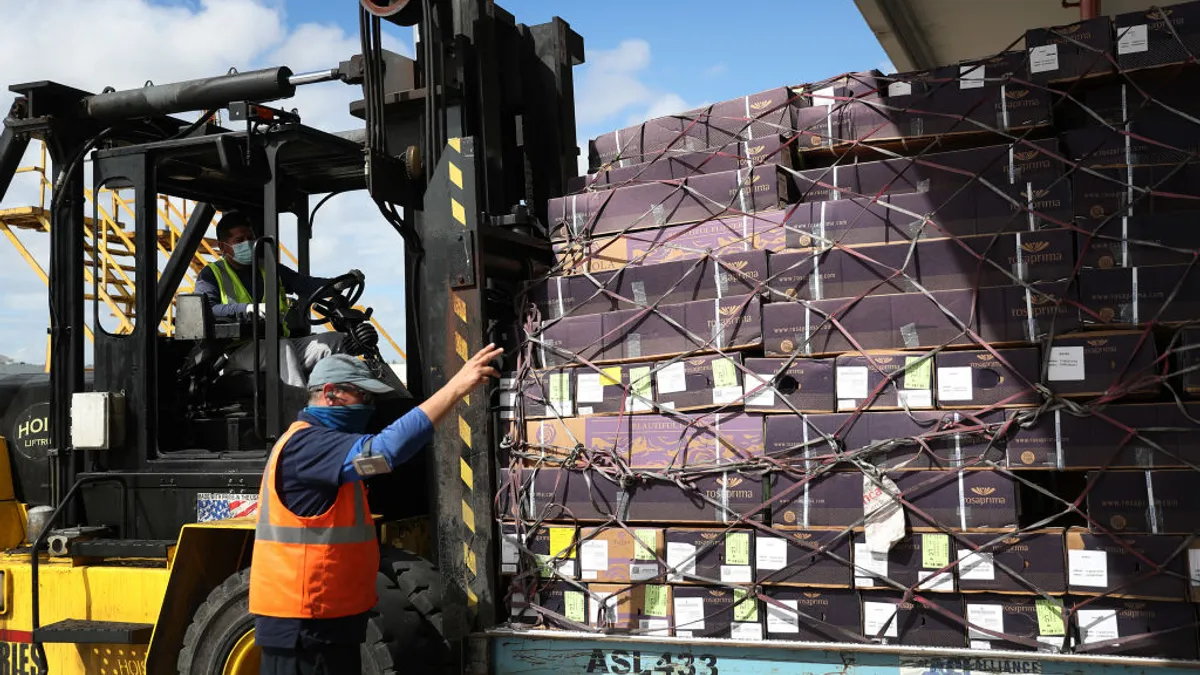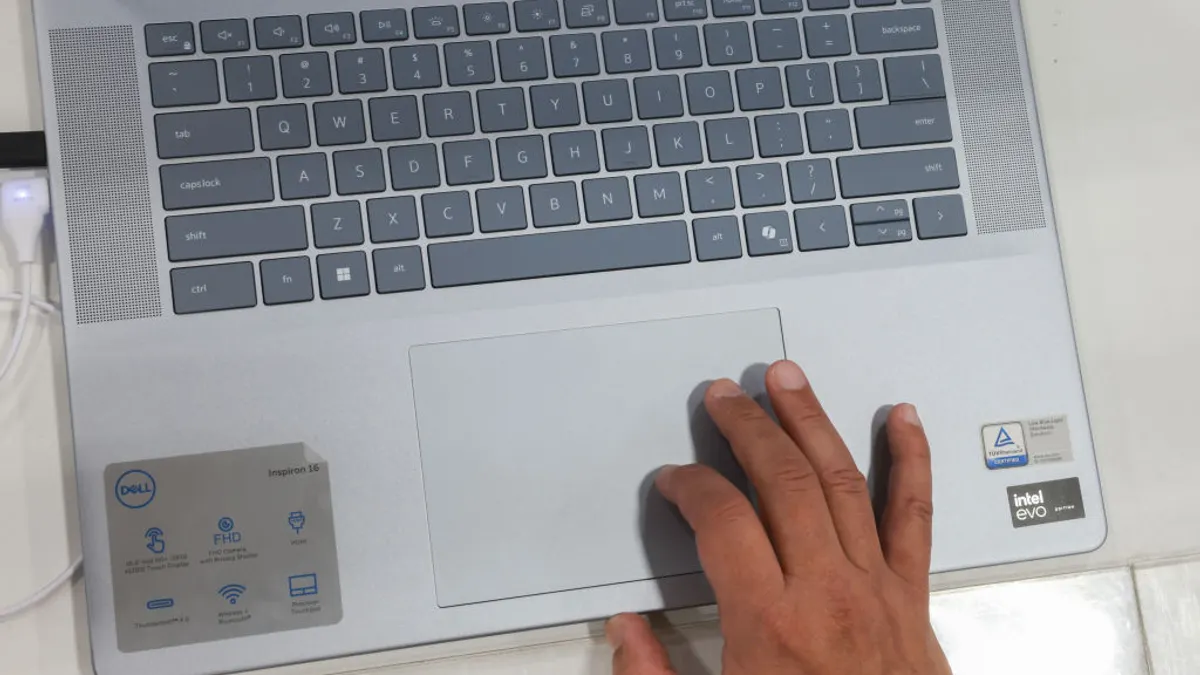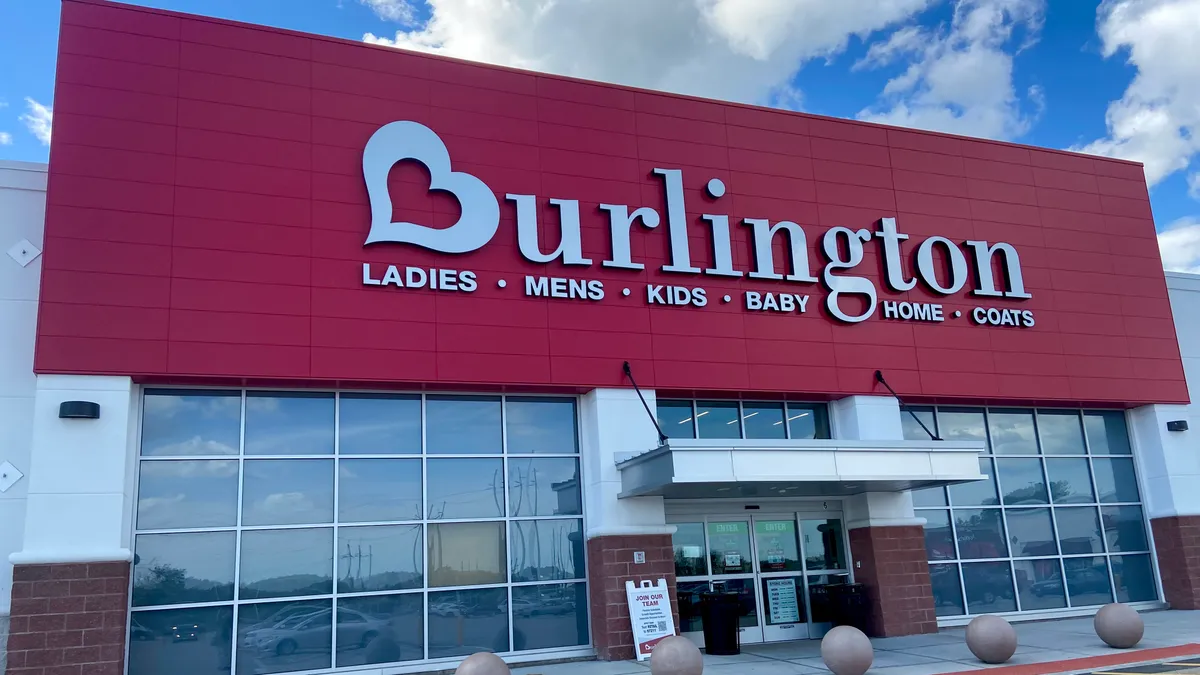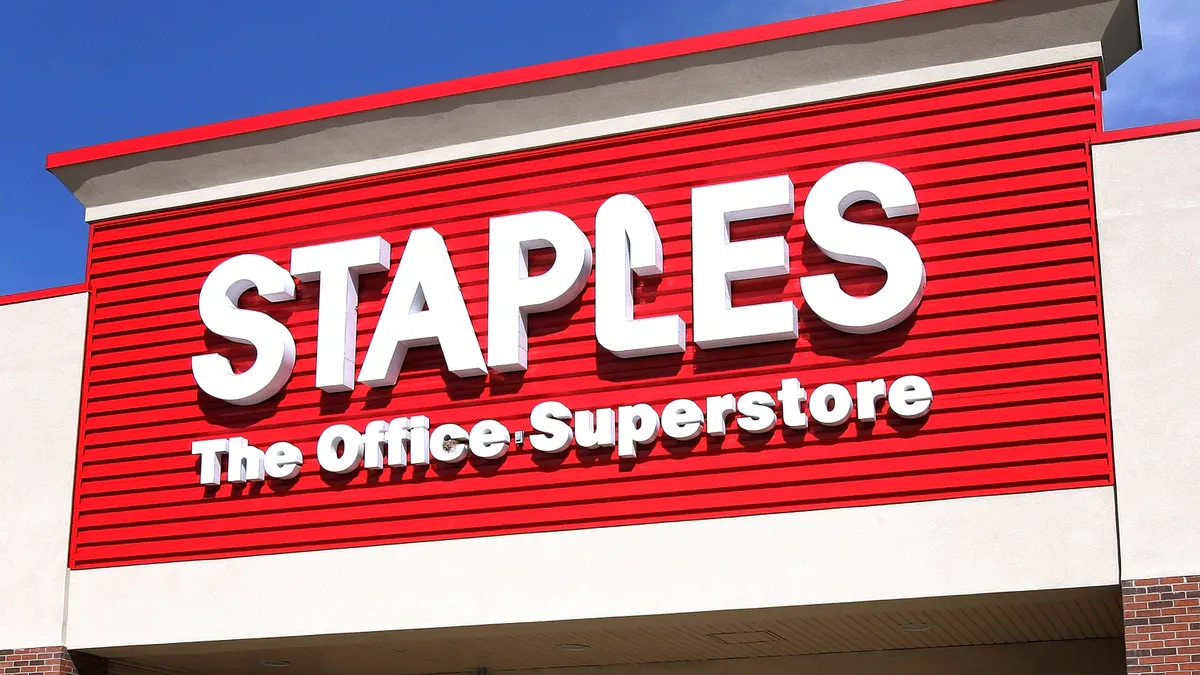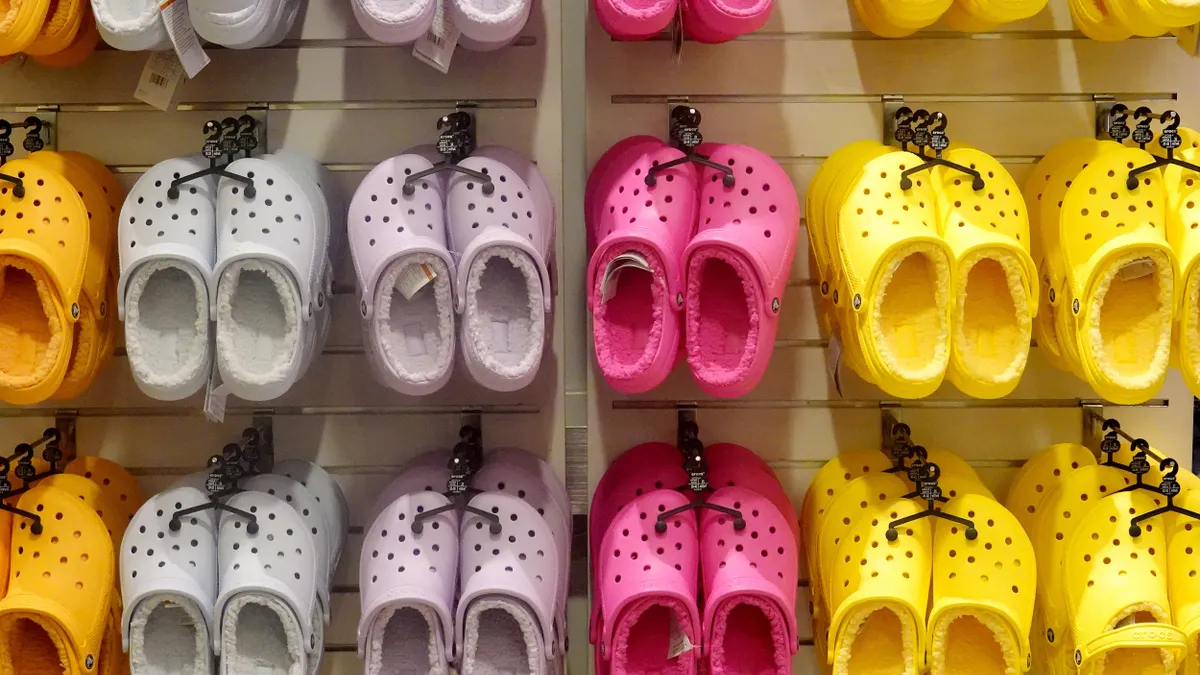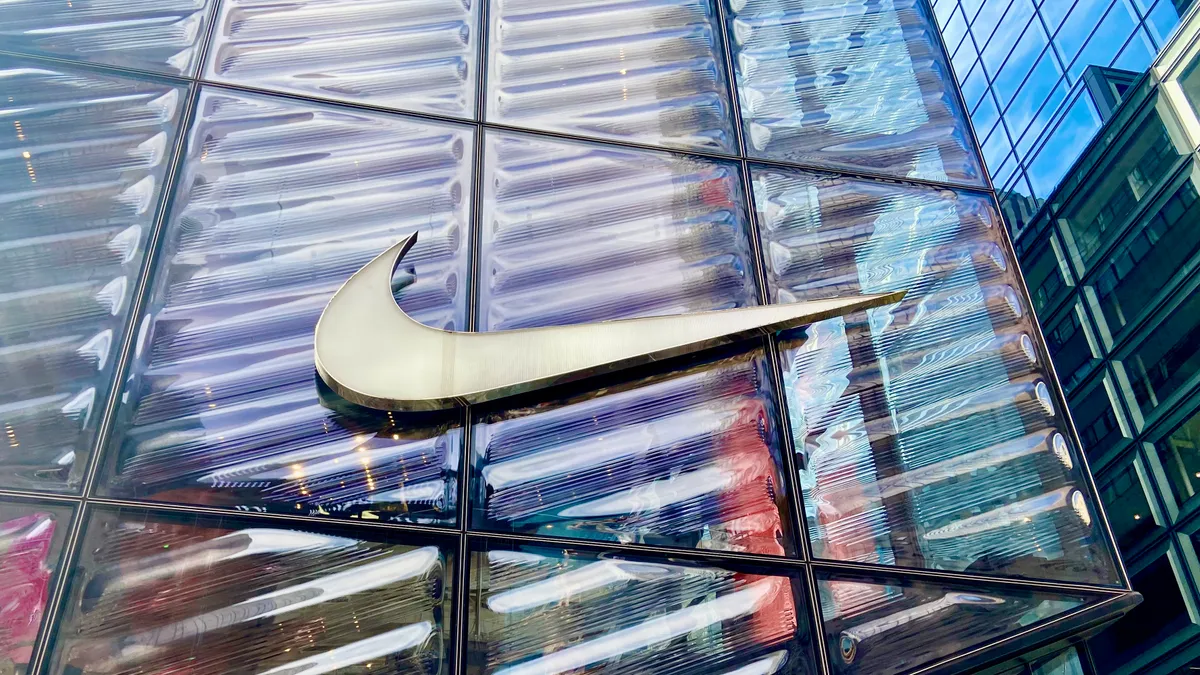A new year always brings new trends with it — headwinds and tailwinds that will end up defining retail for that period of time. While it’s impossible to predict all of them (a pandemic that upended physical retail wasn’t on our list in 2020), we can point to prevailing patterns that have emerged and are likely to continue in the year ahead.
Some topics, like retail’s handling of shrink and theft, have come into sharper focus over the past year or two, while others have been rattling around the industry in some fashion for years. The evolution of department stores has taken several twists and turns over time, as those retailers move more stores to off-mall locations, downsize their store fleets, experiment with smaller formats and change ownership. Distressed retail, too, is always shifting to tell us new things about the state of the industry and its individual sectors.
Undoubtedly, there will be themes that rise to the surface throughout the year ahead, but until then, here is a selection of major retail trends to watch in 2025.
1. An uncertain outlook for distressed retail
The trajectory of currently distressed home, apparel, and discretionary retail may be uncertain in the new year as the U.S. readies for a new presidential administration — and a likely full slate of new economic policy initiatives.
Looking ahead, mid-sized retailers that mostly offer basic, lower end brands of discretionary merchandise targeted at middle-income consumers are likely to slide further into distress, business consulting and management advisory firm FTI Consulting said in a blog post. These retailers don’t offer an exciting value proposition and could disappear from the landscape without being missed, the firm said.
Retail Dive covered nearly 20 retailers that filed for bankruptcy in 2024. They include apparel seller Express, which was bought by a newly formed joint venture between WHP Global and mall owners Simon, Brookfield and Centennial. Conn’s Inc., and its Conn’s Home Plus and Badcock Home Furniture & More banners, went out of business and closed all of their stores.
Big Lots also filed for Chapter 11 and began store closing sales after a deal to sell itself to a private equity firm fell through. The company went on to close a sales agreement with Gordon Brothers Retail Partners that allows Variety Wholesalers to acquire between 200 and 400 locations under the Big Lots brand.
Direct-to-consumer brands also experienced waves of upheaval last year that may continue. After rising and riding high before the pandemic, five years later, many DTC companies began hitting growth ceilings as they continue grappling with rising online order fulfillment costs.
Simeon Siegel, managing director at BMO Capital Markets, told Retail Dive in November that the trend of companies building their identity around their selling channel versus what they’re selling appears to be over. Instead of aspiring to be a DTC brand, companies instead should focus on selling something special and identify the best strategies to reach consumers in a brand-appropriate way, Siegel said.
2. Deal making efforts will likely continue
Last year saw several major deals within the retail industry. Casper Sleep changed hands again after becoming a subsidiary of Carpenter Co., a manufacturer of polyurethane foams; Deckers sold footwear brand Sanuk; and Saks Fifth Avenue owner HBC acquired Neiman Marcus.
Consolidation in retail by way of deals will likely continue into the new year, but they may hit roadblocks.
The Federal Trade Commission challenged several deals in 2024, including Tapestry’s acquisition of rival Capri (which led to the two companies terminating their merger agreement) and Tempur Sealy’s proposed takeover of Mattress Firm.
As a new administration prepares to take office — and a new appointee named to lead the FTC — it’s unclear what challenges lie ahead for deals in retail.
Looking ahead, overall deals are expected to pick up in 2025. M&A activity is projected to rise 10% this year on top of a 13% rise in 2024, according to the EY-Parthenon Deal Barometer. Private equity M&A deals are expected to rise 16% this year, while corporate M&A deals could rise 8%.
And despite uncertainty around major elections causing market volatility, deal activity last year increased 10%, according to Stephan Feldgoise and Mark Sorrell, co-heads of the global mergers and acquisitions business in Goldman Sachs Global Banking and Markets. In 2025, the firm predicts deal activity may rise by a similar percentage.
3. Uncertainty around diversity, equity and inclusion will persist
Following a backlash fomented mostly on social media, retailers and brands including Tractor Supply, Lowe’s, Harley Davidson, Ford Motor Co., Indian Motorcycle, Molson Coors and Jack Daniels owner Brown-Forman in 2024 all backed away from diversity practices they had previously touted as good for business.
In November, when Walmart announced it had ended supplier diversity goals, won’t create a racial equity center and will no longer participate in the Human Rights Campaign’s Corporate Equality Index, the case for supporting diversity, equity and inclusion seemed especially hopeless. The retail giant has been praised by business experts for its level of commitment to diversity.
The problem for these retailers is that mollifying online “anti-woke” provocateurs comes with a cost. Businesses without formal DEI programs risk relegating decision-making to teams that are not just like-minded but myopic, experts say. Retailers interested in connecting with younger, more diverse and more open-minded generations are especially vulnerable.
Most successful companies are maintaining their DEI programs, even if they’re no longer calling them that, experts say. And those that have cut out DEI likely have new problems to solve. One retailer hasn’t been shy about sticking to its diversity goals: Costco late in the year forcefully rebuffed a shareholder proposal to scrutinize its DEI programming, saying it is essential to its success with customers, suppliers, employees — and, ultimately, shareholders.
4. Tariffs may influence consumers’ search for value
Across nearly every sector, consumers consistently are in search of value as inflation persists. Bankrate noted in a December report that prices are about 22% more expensive now than they were before the pandemic-led recession began in February 2020. Bankrate said that means Americans now need about $1,221 to buy the same goods and services that previously cost $1,000 at the onset of the pandemic-induced recession.
While U.S. customers are resilient they’re still looking for value to maximize their budgets, Walmart CFO John David Rainey said during a recent earnings call. Rainey also noted that customers are looking for convenience too. Michael Creedon, Dollar Tree’s interim CEO, offered another perspective during a recent earnings call, noting that many value-seeking customers still have tight budgets and are focused on buying for their needs instead of discretionary purchases.
The threat of tariffs on imported goods is also an issue of concern for some retailers. President-elect Trump has said he would implement tariffs on imports from China, Mexico and Canada on his first day in office, with a 20% general tariff on imported goods.
Retailers are reporting varied levels of exposure to the impact the possible tariffs might have on their operations and sales. Best Buy, for example, said it’s the importer of record on only 2% to 3% of its products. The Home Depot executives said during a recent earnings call that the company’s current sourcing strategy and previous experience with trade duties should insulate it against potential tariff hikes under the incoming administration.
In contrast, rival home improvement retailer Lowe’s acknowledged that about 40% of its assortment is sourced from abroad. Meanwhile, analysts recently told Retail Dive that off-price retailers probably won’t feel the sting of tariff spikes since much of their assortment flows from domestic retailers and brands.
5. Specifics around shrink, crime remain elusive as retailers’ tactics backfire
Insights into inventory losses may only get cloudier in coming years. The National Retail Federation in 2024 stopped issuing its annual shrink report, which it had done for more than three decades. The topic also became more of a mystery after the NRF retracted a key statistic around losses from organized retail crime in late 2023.
In 2024, little new information about lost inventory or retail crime emerged. A crime-specific report that NRF released in December, a survey of retail loss prevention and security officers, mostly covered old ground, and contained few hard statistics. In its own annual report, the Council on Criminal Justice found that shoplifting rose this year in some areas, though those researchers say better reporting is needed to properly assess that problem as well.
It does appear that rates of shrink — losses from theft and other reasons, like processing errors — appear to be improving at many of the retailers that had been calling it out as a problem. Dollar General, which pulled out most of its self-checkout to combat theft, recently said shrink rates are expected to continue to improve throughout 2025. Other retailers have locked up merchandise to deter thieves, but that comes with its own cost, as many customers find that to be inconvenient and abandon their shopping trips.
6. ‘DTC brands’ lose relevance as retailers embrace a more balanced approach
In stark contrast to a few years ago, the era of the DTC brand seems to be nearing its end. That’s not to say DTC doesn’t exist anymore or isn’t important — it is. But brands have begun a shift back to employing DTC in a more balanced manner, as one of many channels at their disposal.
That trend will continue in 2025, with companies like Nike that prioritized DTC at the expense of wholesale normalizing their operations and new brands launching into wholesale partners early on. The focus on profitable growth, especially in a tough funding market, will require retailers to consider the best way to sell their products, not just the buzziest.
Meanwhile, the names that made the “DTC brand” famous will continue to evolve in order to survive. Sometimes, as in the case of Outdoor Voices and Casper, that means new ownership and new plans for growth. In others, like Allbirds, it includes store closures, new distribution methods and new leadership. Whatever the case, these players are changing their strategies to move beyond the simple DTC brand positioning.
7. Department stores change in order to survive
Although 2024 may have been a tough year for department stores, many of them are still around and going through an evolution. And that shakeout is likely to continue into 2025.
Macy’s in December stated that, after announcing at the start of 2024 that it was shuttering 150 locations over a period of three years, those efforts were going to speed up. J.C. Penney revealed that it was closing four locations, and after a rocky year financially, many analysts expect Kohl’s to announce closures of its own.
But not all is lost. Macy’s during recent earnings has pointed out promising results at its “go-forward” locations, or those that will remain open after planned closures. Simon Property Group CEO David Simon said this spring that J.C. Penney could possibly open new locations in light of the department store’s ongoing profitability.
But looming in the background also is a potential push from activist investors, who may have a different vision for the trajectory of a company — especially when it comes to its real estate. Macy’s contended with two separate battles with stockholder groups in 2024, and Kohl’s has struggled with activist investors in the recent past. More may be on the horizon in the coming year.
8. The customer experience continues to evolve
Across the areas of returns, self-checkout and AI adoption, shoppers will continue to face changes to the customer experience in 2025.
Retailers are steadily pursuing efforts to crack down on serial returners with policy changes. In November, REI confirmed to Retail Dive it would no longer accept returns from a “small subset” of members known to repeatedly abuse its return and exchange policy. In a recent report, the National Retail Federation projected that shoppers returned $890 billion in merchandise in 2024, or 16.9% of retailers’ annual sales.
Target, Walmart and Dollar General last year made major changes to its self-checkout operations in part to curb shrink and theft. Dollar General in May said it would eliminate a ‘vast majority’ of its self-checkout kiosks, Walmart also removed self-checkout from select stores and Target rolled out express self-checkout lanes which carry a limit of 10 items or fewer.
Retailers also will continue to integrate AI into their operations, across many sectors and use cases.
Target has consistently invested in the tech operationally and debuted a personalized gift finder powered by generative AI on its app and website. The retailer is also experimenting with a shopping assistant chatbot. Nordstrom refreshed its holiday app to include trend reports from AI and stylist input. The department store chain also improved the app’s search experience and included personalized recommendations.


